Phonemic awareness and the role of speech technology
May 5, 2022
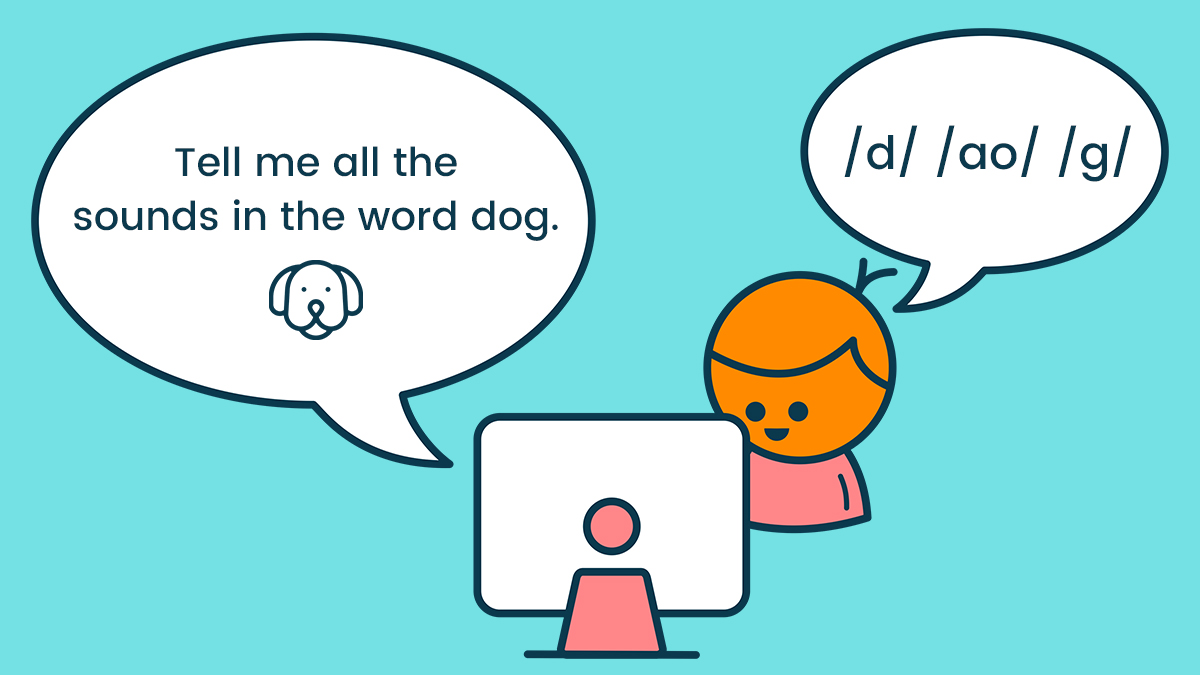
This blog is by Brenda McGurik, Head of Education Product
Most people reading this blog know the story all too well already: a concerning number of students’ reading scores were low before the COVID-19 pandemic. According to the National Assessment of Educational Progress (NAEP) 2019 Report Card, 34% of fourth-grade students were below basic reading level, and another 31% were below the proficient reading level. These scores were both lower compared to 2017, when reading proficiency levels began to dip after a slow but steady increase since first being tracked in 1992.
What’s also clear is this: the pandemic further worsened the reading crisis in the US and globally.
Research from Amplify, a SoapBox client who is a curriculum and assessment company, shows that, while in the 2021-22 school year more students are on track in learning to read than a year ago, we’re still well below pre-pandemic levels.
Indeed, Amplify’s data for K-2 students is particularly concerning. In kindergarten, the number of students on track for learning to read remains 9 percentage points lower in 2020-21 than in the previous school year. And in grades 1 and 2, there’s still a 10 and 8 percentage point difference, respectively.
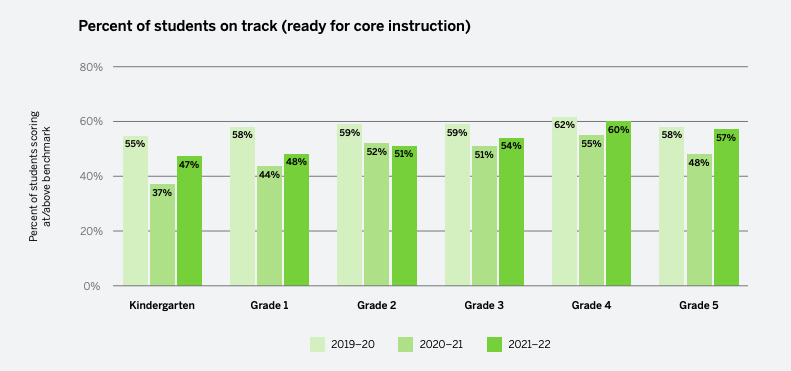
This and many other pieces of research including this report from McKinsey & Company point to the far reaching impacts of reading loss later in a student’s life that stem from basic skills not being mastered at the early stages.
Phonological and phoneme awareness form the foundation of a child’s literacy proficiency and are universally accepted as critical building blocks for future literacy and learning skills.
Both SoapBox’s education and edtech clients, and the educators their solutions serve, have told us there’s a real need for improved tools to support classroom instruction, reduce assessment burden, and facilitate individual intervention of these early literacy skills. And, as we know, students, especially those with less home support, need increased access to tools and feedback that promote independent practice and self assessment.
In this blog, we’re taking a look at phonemic awareness, as a very early step in the literacy journey for kids, and how speech technology like ours can support its development. Let’s dive in.
Phonological and phonemic awareness: The building blocks of reading
Phonological awareness is the journey to be able to recognize, understand, and manipulate individual sounds (phonemes) in written and oral language. It’s the foundation for reading and writing English and other alphabetic languages, as well as for spelling and word recognition skills. The first stages include sound and word awareness, recognizing syllables, and understanding rhyming and alliteration. Basic phonological awareness develops from birth through kindergarten and is typically mastered by the end of first grade (when a child is about 5 years old).
Here’s what a child with strong phonological awareness can do:
- Understand that sounds have meaning and make up words.
- Repeat sounds, nursery rhymes, etc.
- Call out rhyming words.
- Clap out words in tune with syllables.
- Move on to mastering phonemic awareness.
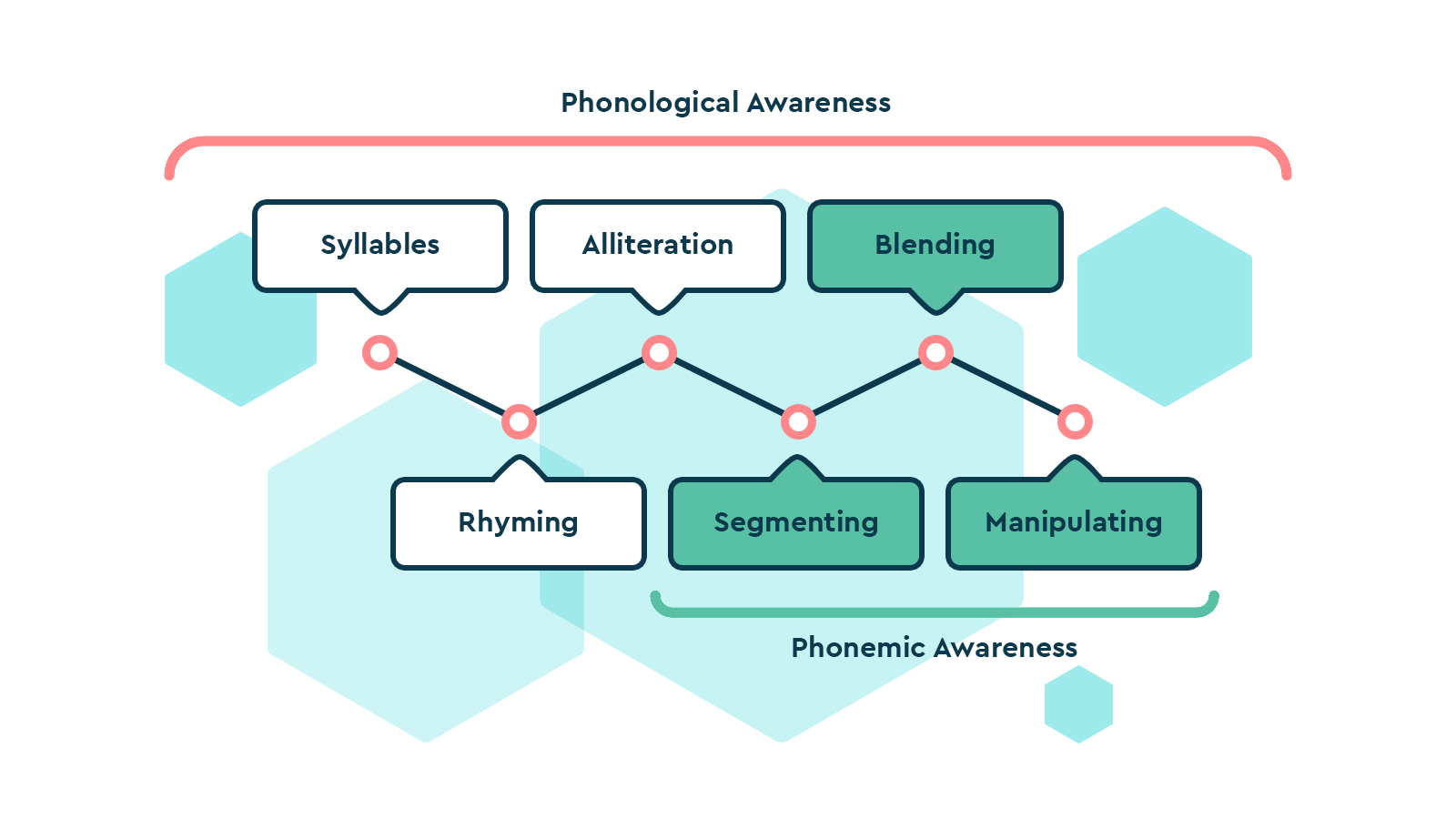
Phonemic awareness is a subset of phonological awareness that focuses on individual sounds (phonemes) in spoken language and how it applies to written language.
A child with strong phonemic awareness can
- Understand that letters have names, sounds, and form.
- Understand that sounds can be manipulated to create words.
- Create words by blending sounds.
- Change or make new words by manipulating individual sounds.
- Deconstruct words into their constituent sounds.
- Identify words with the same beginning / middle / end sounds.
Why is phonemic awareness important?
Assessment of phonemic awareness skills during the first two years of school instruction is one of the best predictors of how well a child will learn to read and is widely used to assess a child’s progress as they move from emergent to early literacy and towards reading fluency.
In an examination of phonemic awareness instruction in helping children with their reading and spelling, the National Reading Panel (NRP) found that “teaching children to manipulate phonemes in words was highly effective across all the literacy domains and outcomes.”
All too often, however, identifying a struggling or poor reader occurs later in the literacy journey when it becomes apparent the student can’t read fluently at their expected grade level.
The role of speech technology in phonemic awareness
As phonemic awareness focuses on the understanding and manipulation of units of sound, aural and oral practice (recognizing and producing sounds) is critical.
Students learning phonemic awareness take part in these spoken and written word activities:
- Letter names
- Letter sounds
- Phoneme matching
- Phoneme isolation
- Phoneme blending
- Phoneme segmentation
- Phoneme manipulation
- Sight reading and word fluency
Repetition, practice, and correction are essential to embedding these early skills, which are the building blocks to later skills like spelling, word decoding, etc.
Speech solutions have a huge part to play in supporting teachers and students on this journey. Traditional speech technology, however, does not meet the needs of phonemic awareness activities.
Breaking speech into individual sounds and accurately scoring very short utterances is unique to SoapBox Labs. By identifying and scoring individual short sound inputs, our voice engine goes beyond traditional speech technology solutions. Here’s why this is important.
Voice-enabled use cases for phonemic awareness
Traditionally, teachers use whole class and small group activities to deliver phonemic awareness instruction, but finding the time to assess progress and work with individual students is always a significant challenge.
SoapBox Labs works closely with our education clients like McGraw Hill to ensure our voice engine is accurate enough to support the practice and assessment of phonemic awareness, whether the activity requires the student to listen and repeat, see and say, sound out, etc.
Here are example use cases of how clients can use our speech technology to voice-enable their phonemic awareness activities.
(Note: These are sample app experiences only, as we always encourage customers to carry out user testing. In these examples, the text next to the orange microphone is instructional audio.)
Letter names
Letter naming is the ability to recognize and name graphemes for letters.
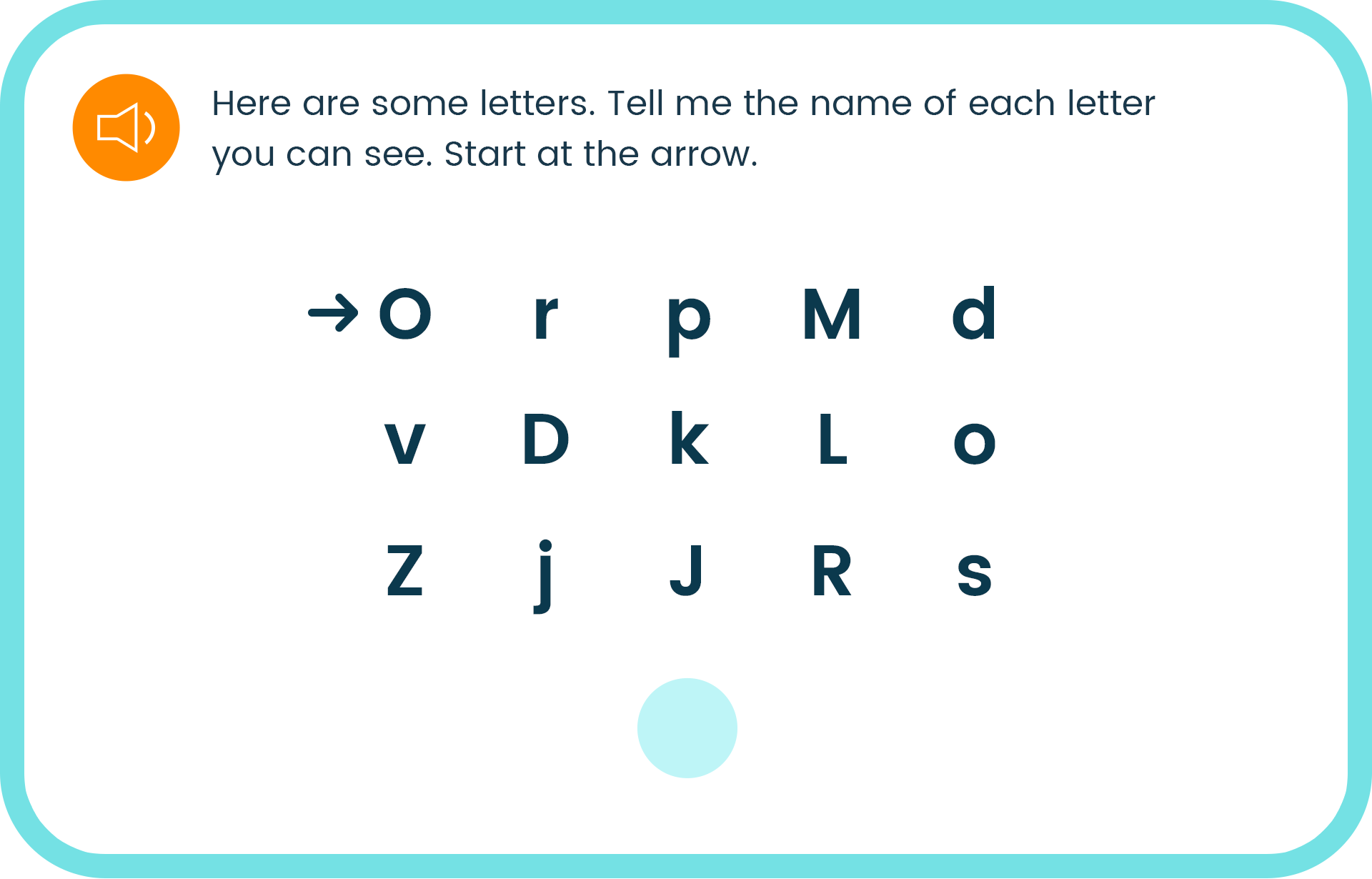
Letter sounds
Knowledge of letter sounds is the ability to hear, repeat, and identify sounds of individual letters.
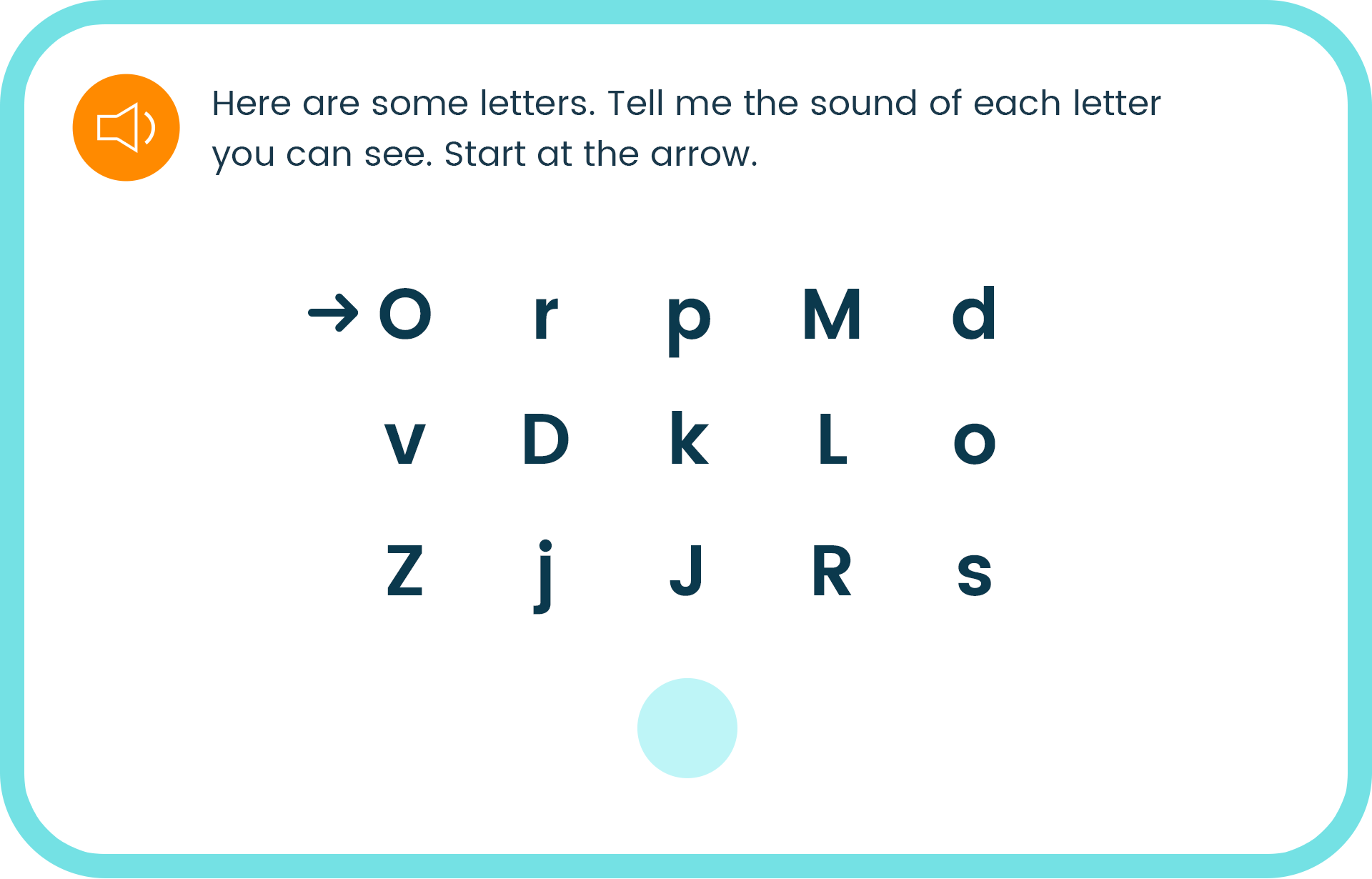
Phoneme matching
Phoneme matching is the ability to identify words that have the same sounds (e.g., starting or ending with the same sound).
Example 1: Same starting sound
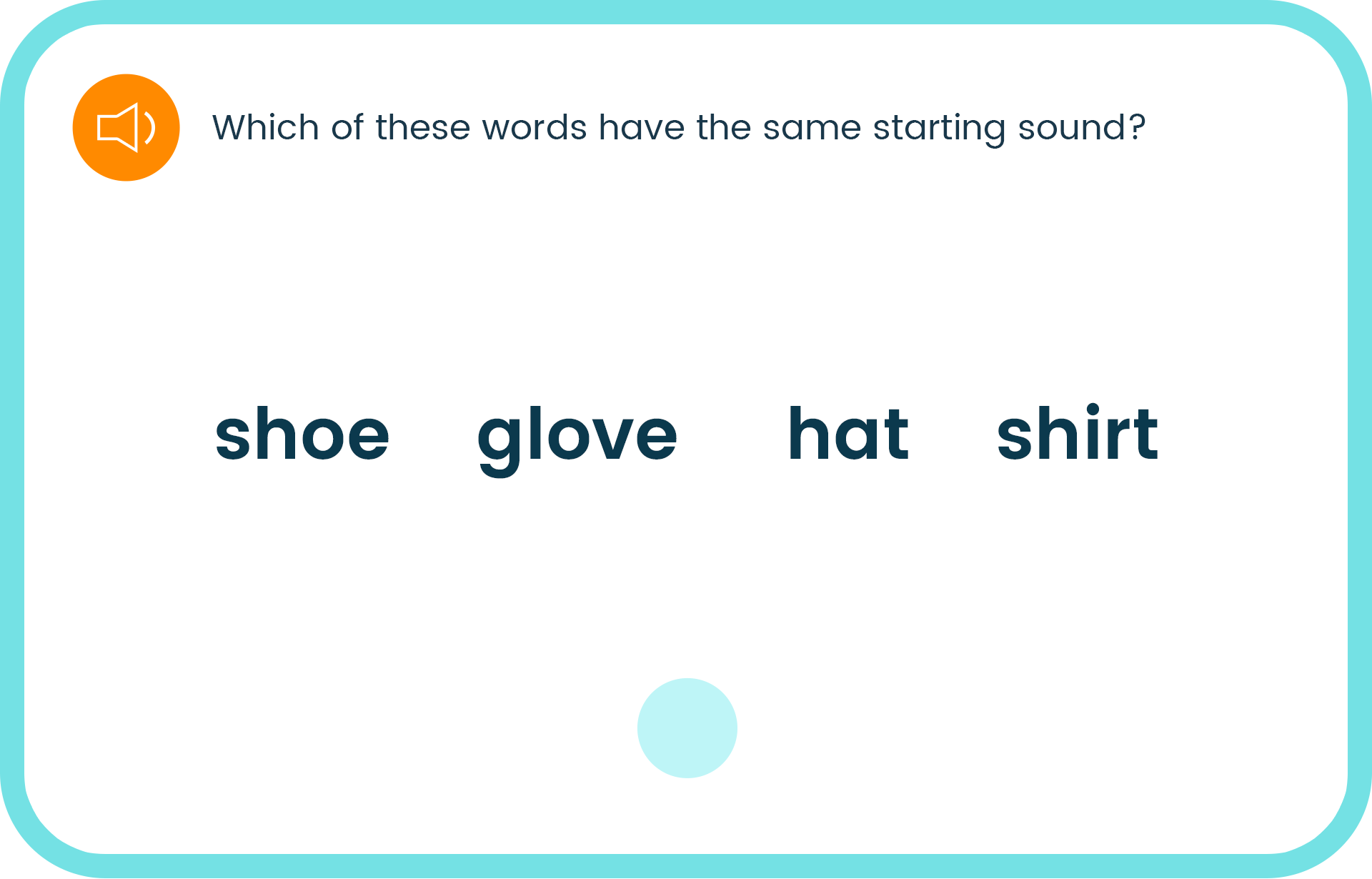
Example 2: Same ending sound
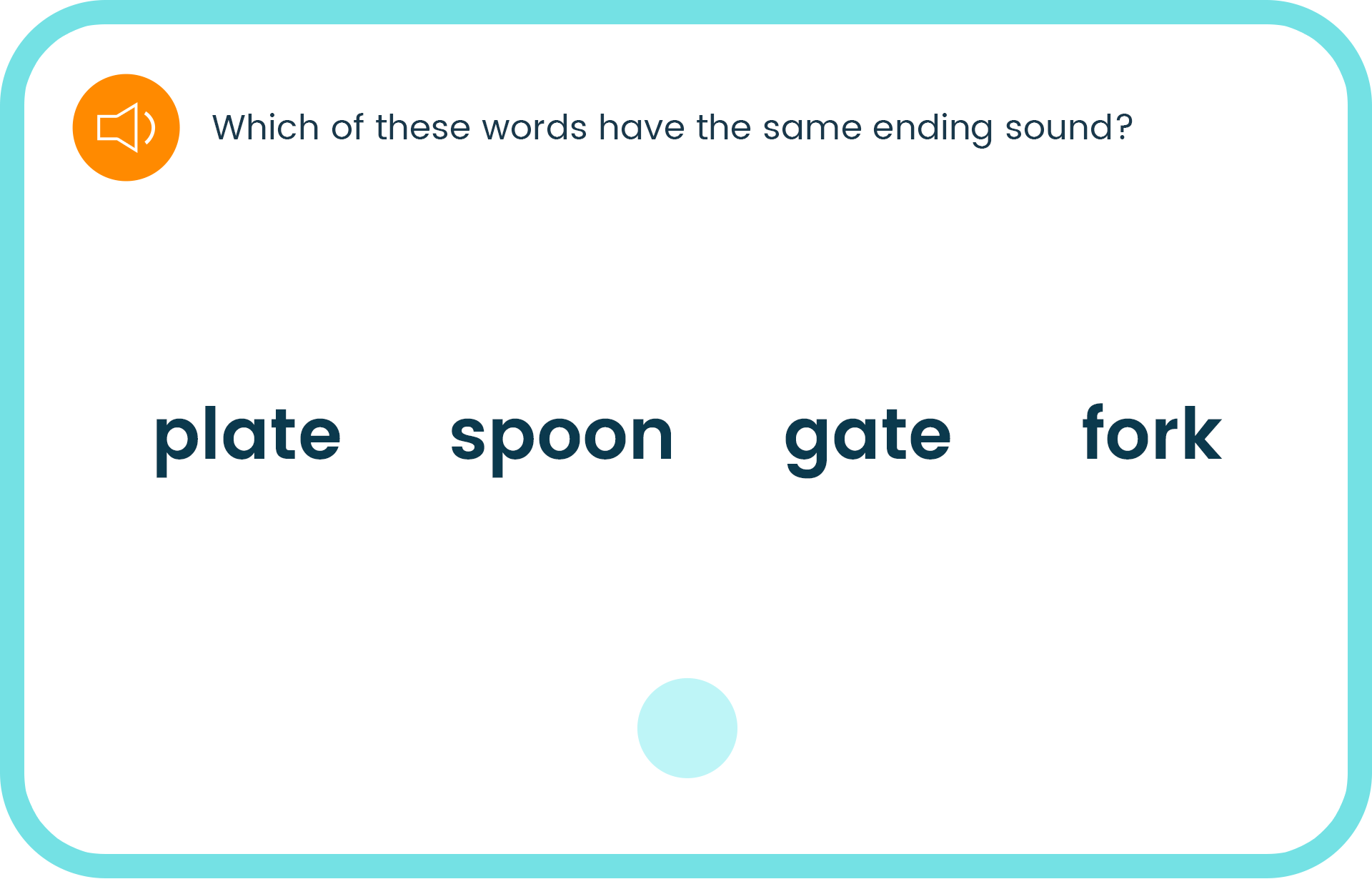
Phoneme isolation
Phoneme isolation is the ability to isolate a single sound from within a word.
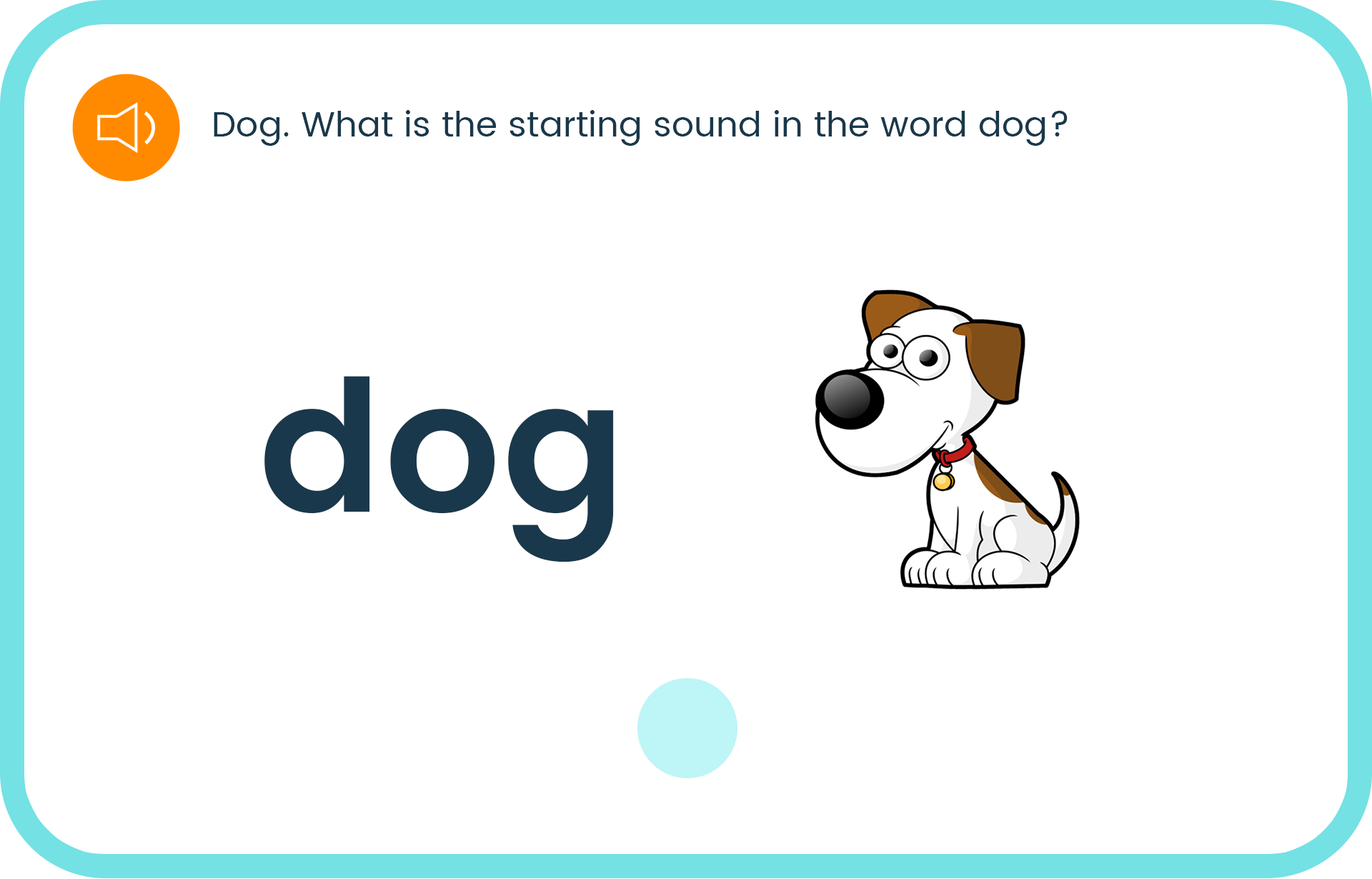
Phoneme blending
Phoneme blending is the ability to blend individual sounds into a word.
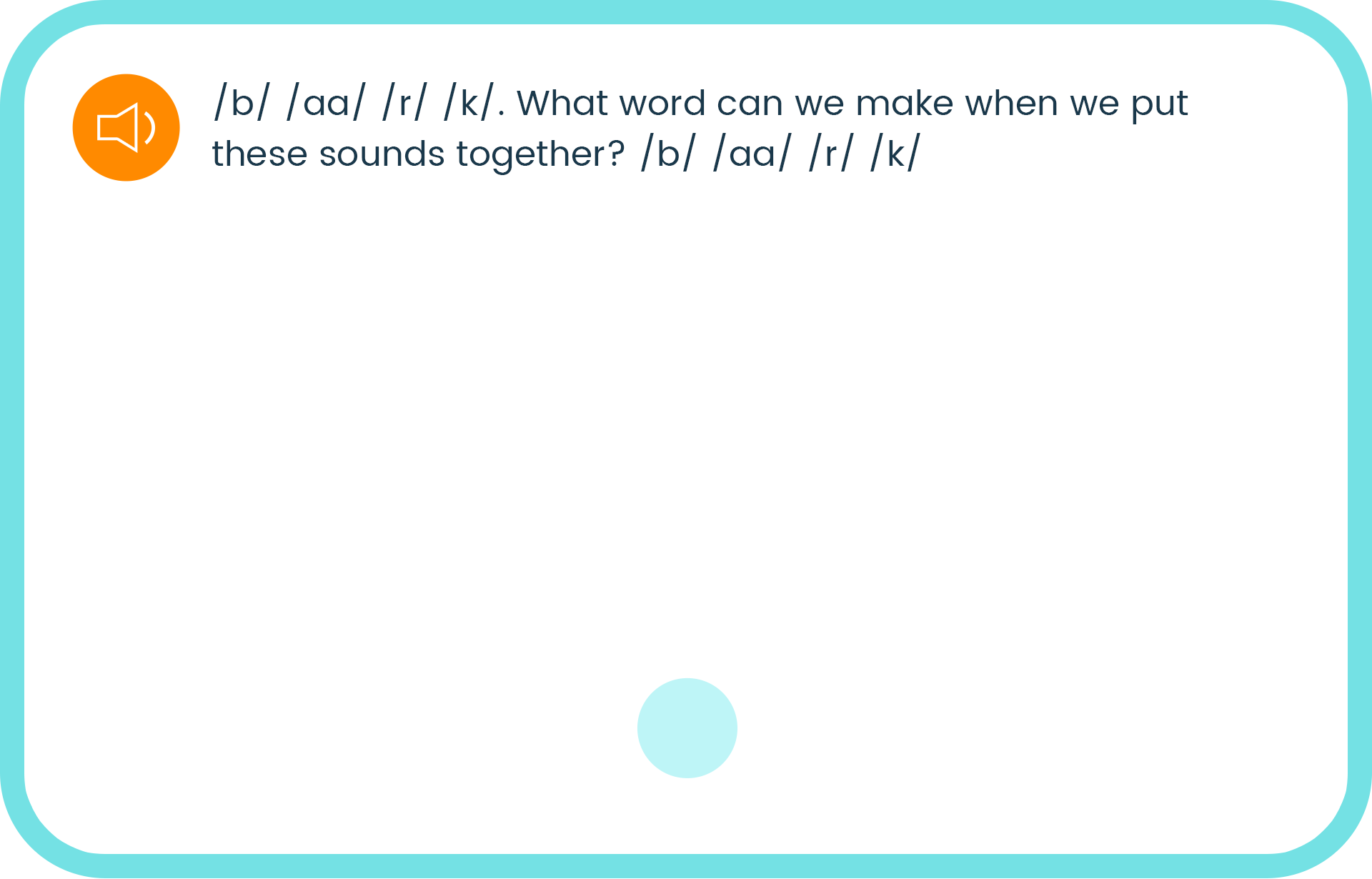
Phoneme segmentation
Phoneme segmentation is the ability to break a word into individual speech sounds.
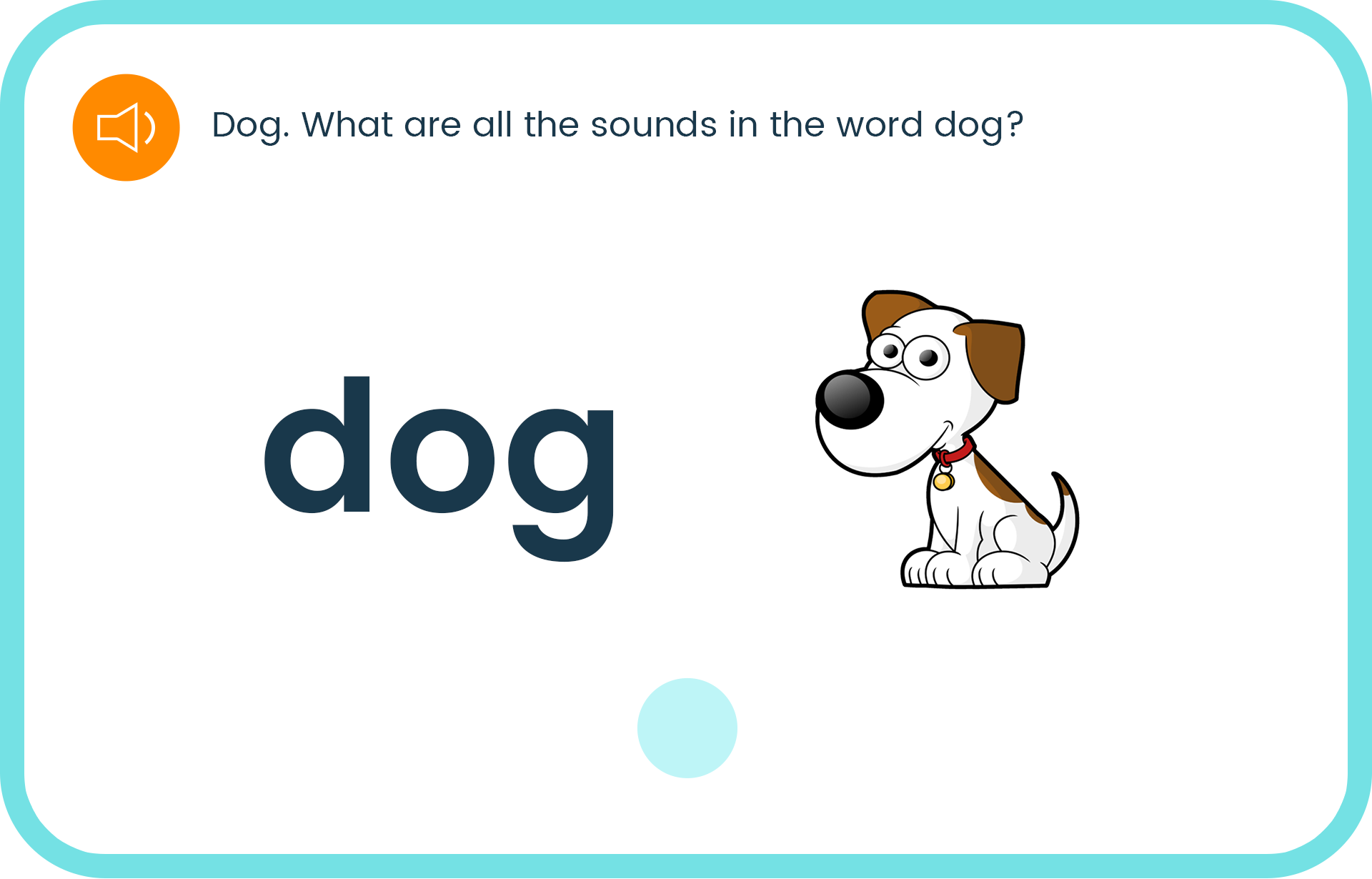
Phoneme manipulation
Phoneme manipulation is the ability to modify, change, or move the individual sounds in a word.
Example 1
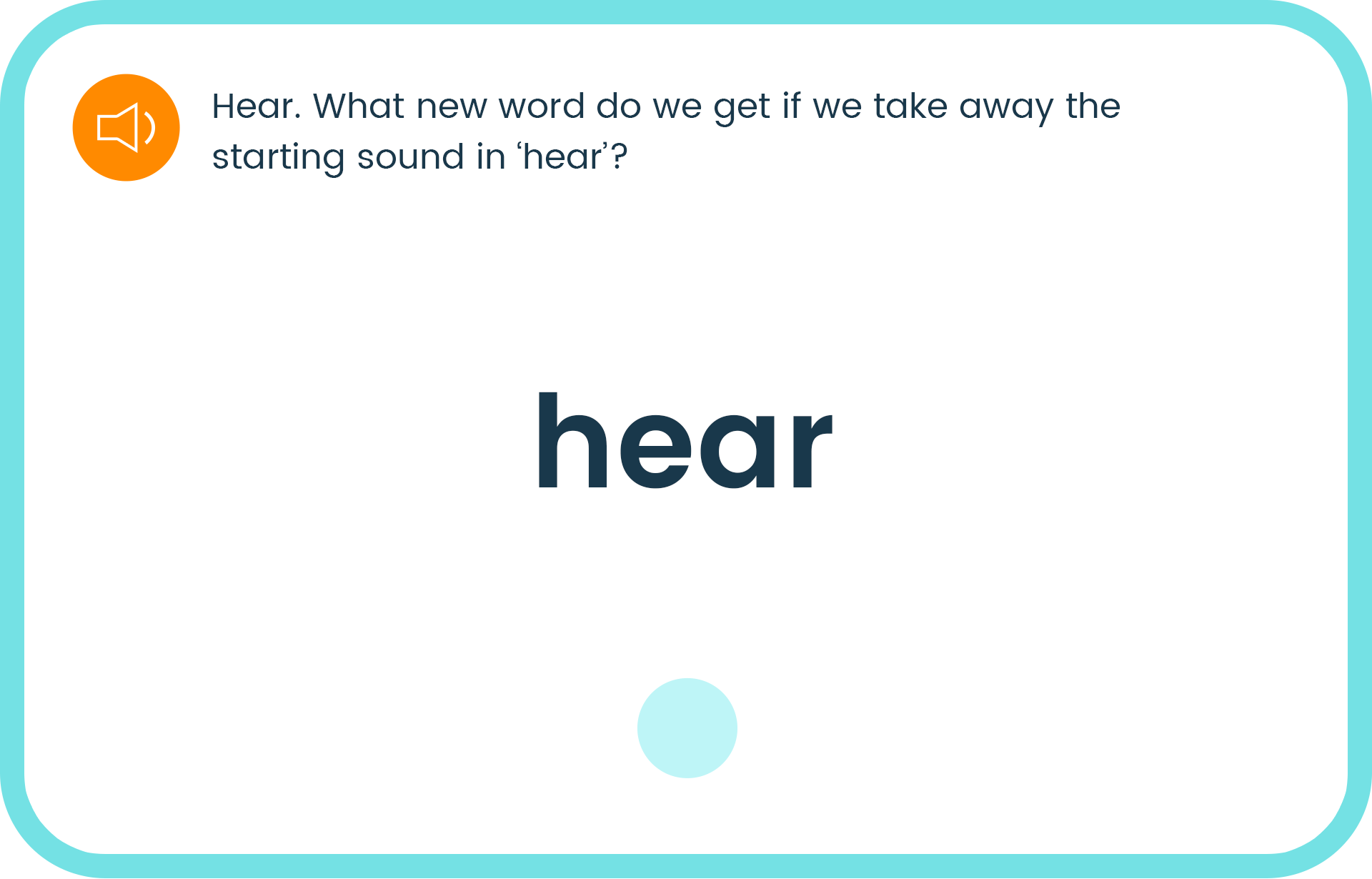
Example 2
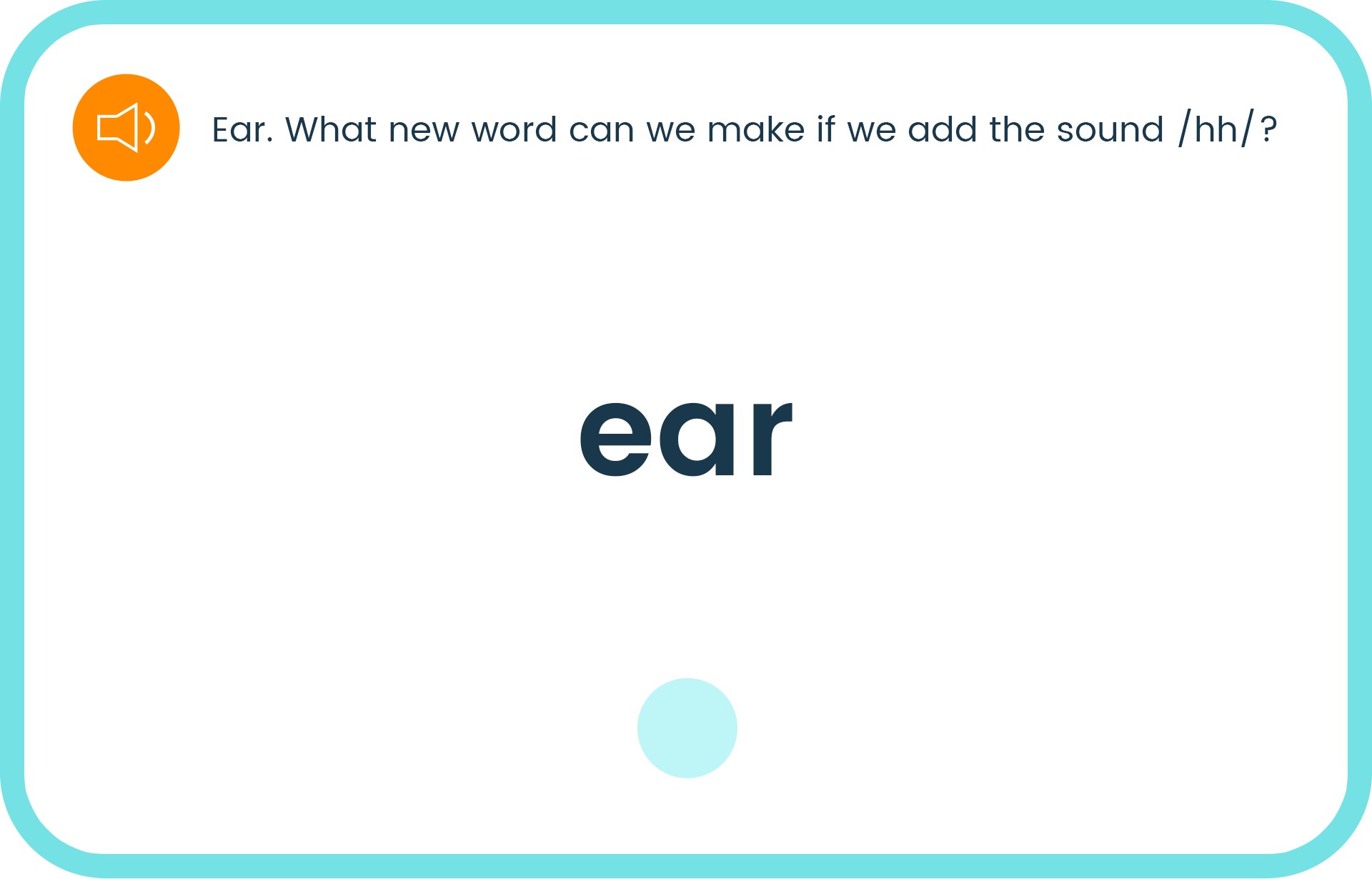
Sight reading, decoding, and word fluency
As a child develops their phonemic awareness skills, they’re also learning high frequency words (HFW), also referred to as sight words and Dolch words. These are the words that occur most frequently in the English language and are often “function words” (i.e., they support sentence structure).
Sight reading also includes HFW that are “non decodable,” or to put it simply, don’t follow the usual decoding rules. For example, “right” and “enough” would sound incorrect if decoded using phonemic awareness rules.
Essentially, the child is learning to recognize and pronounce these words by sight. They are also learning the function of these words in sentence syntax.
Children are assessed on sight reading HFW in parallel to phonemic awareness activities. (An example of this is in Dibels assessments where a child is presented with a list of HFW to read, as well as lists of decodable real and nonsense words.)
Example 1: Real words (decodable)
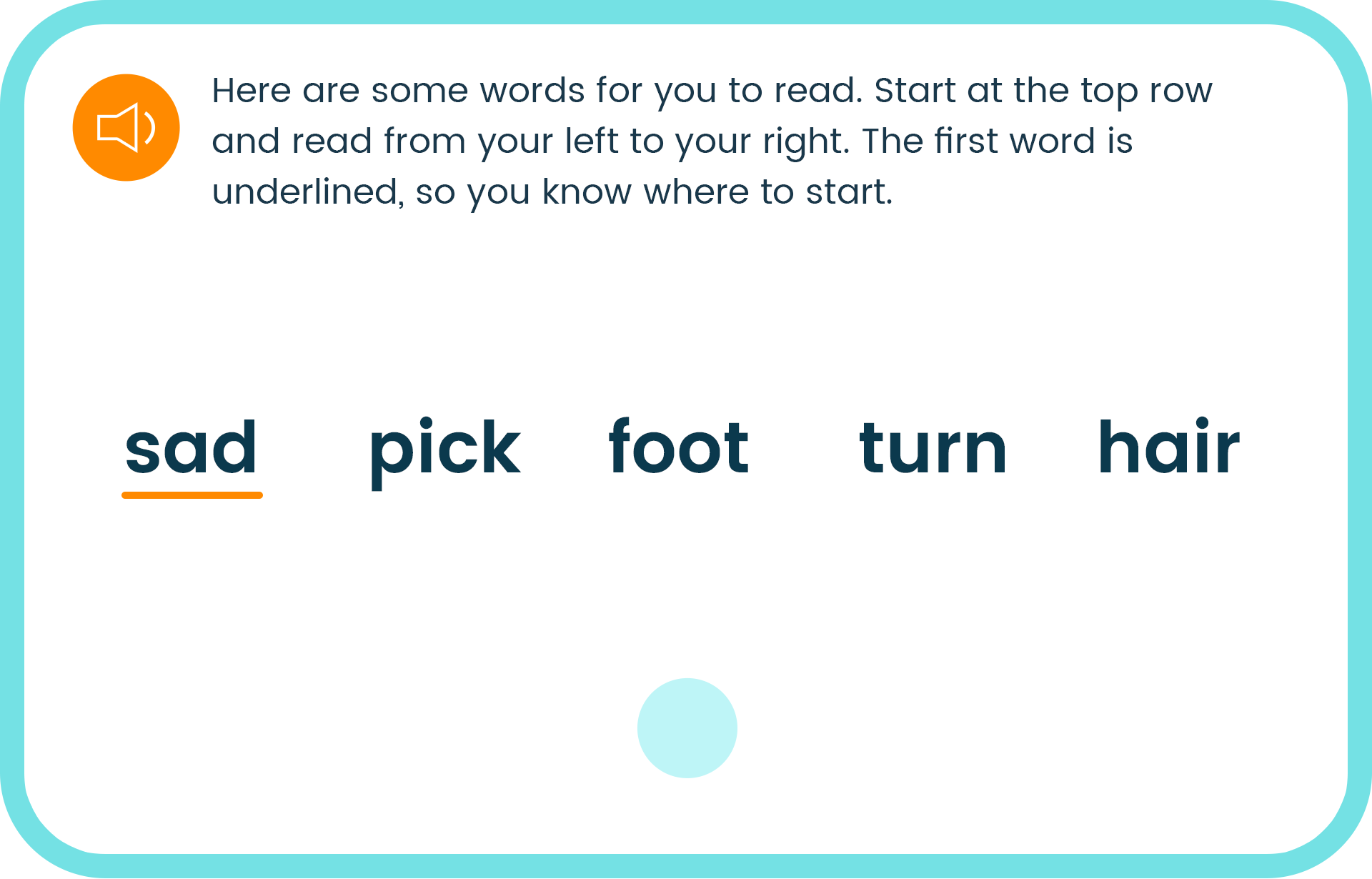
Example 2: Nonsense words (decodable)
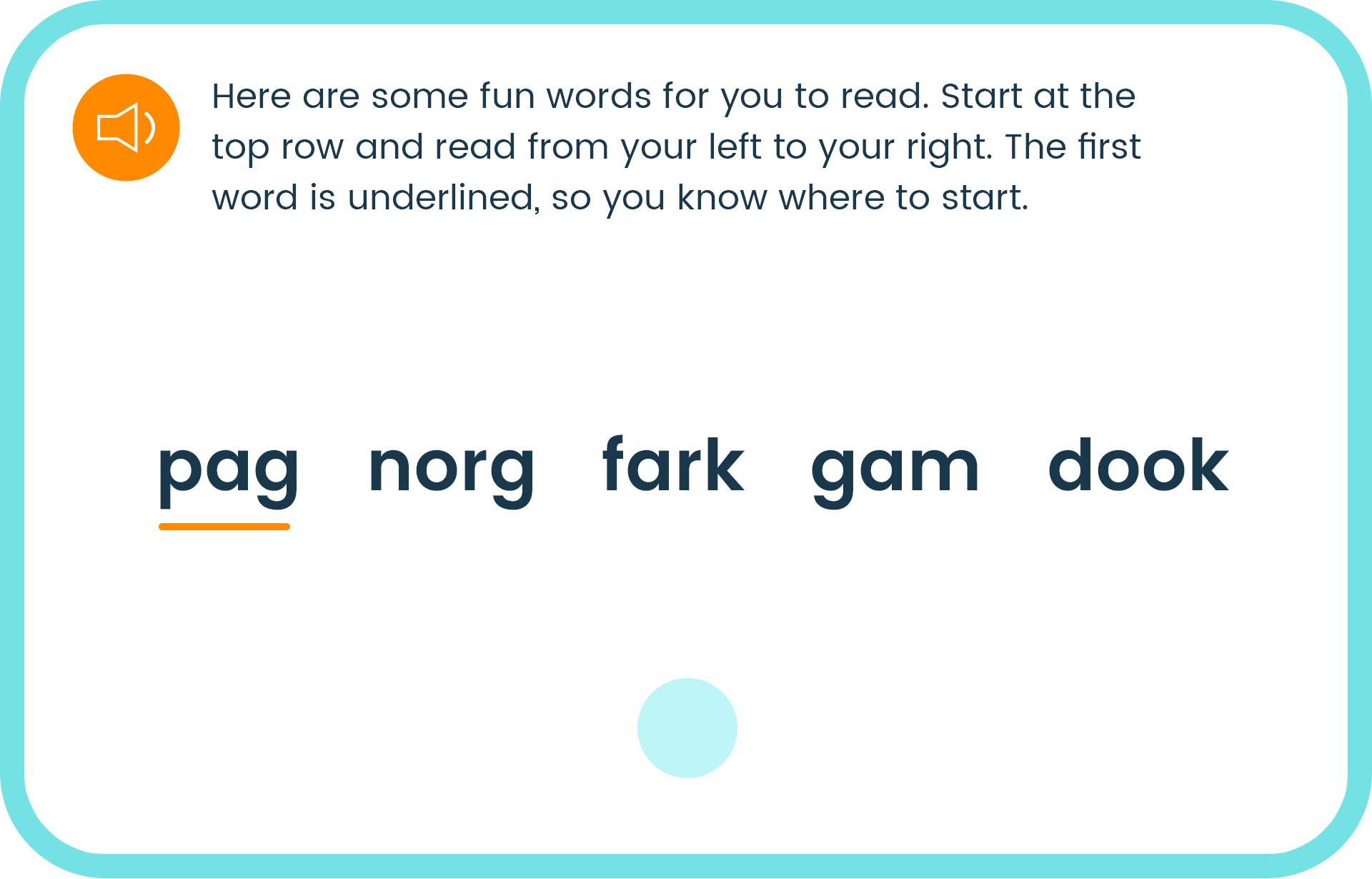
So what does this all mean?
At SoapBox, we’re committed to delivering a voice engine that’s accurate; understands kids of all ages, accents, and dialects; and meets the needs of learning and assessment providers, educators, and students. Here’s what that means:
For learning and assessment providers: SoapBox now provides the essential tools that enable learning and assessment providers to deliver expressive oral instruction, practice, and assessment for each type of phonemic awareness skill.
For educators: Our voice engine provides teachers with invaluable support in monitoring and tracking student progress through these essential skills, freeing up their time to focus on instruction, and where needed, intervention.
For students: They will have the opportunity for independent practice and formative assessment to support their skill development in this critical literacy stage.
Want to learn more about our voice engine?
Email us at hello@soapboxlabs.com or complete our Get Started form and a member of our team will be in touch with next steps.




